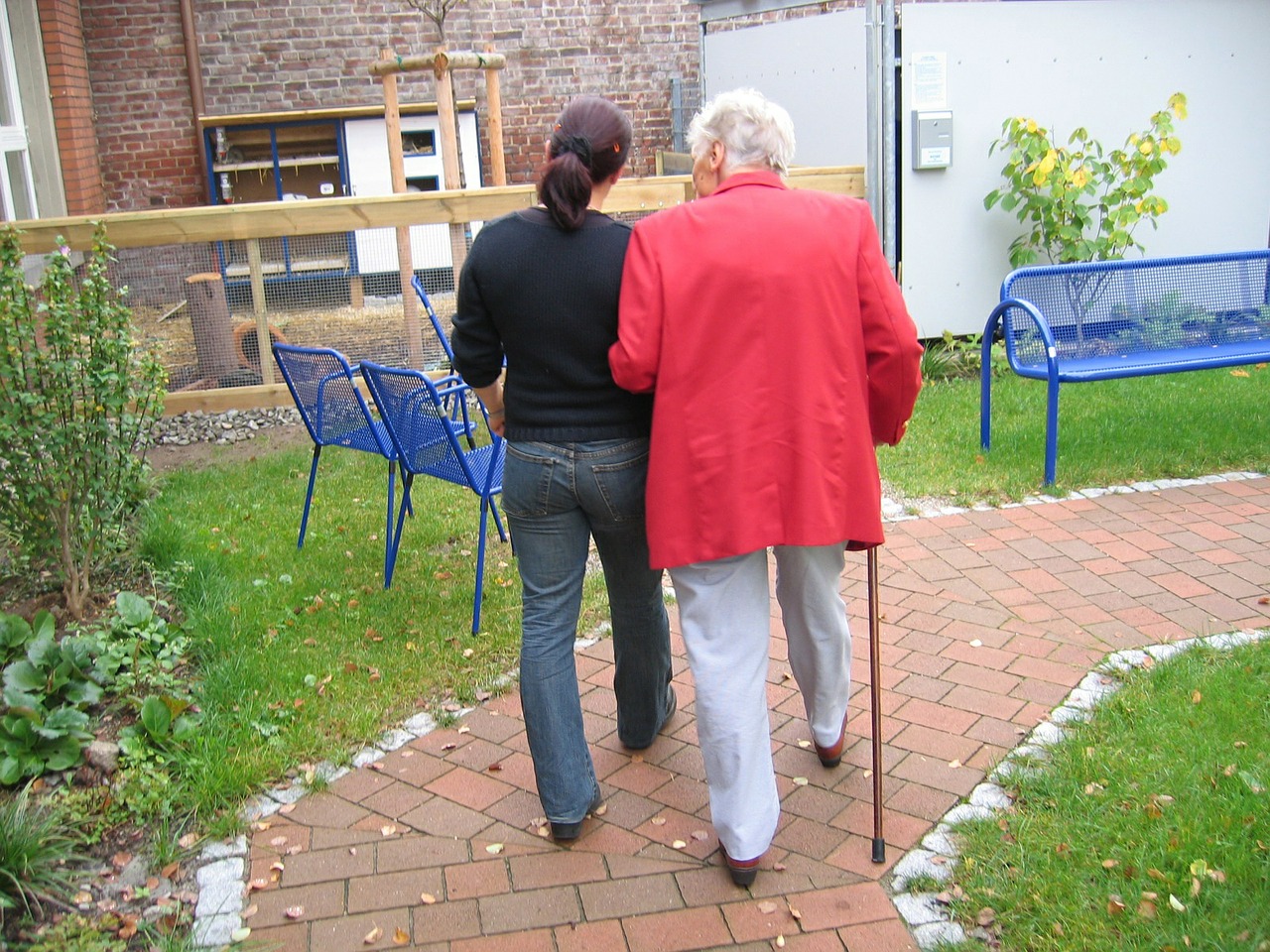
Mobility aids are designed to help people get around safely and more efficiently. They can be used by a wide range of people of all ages and for a variety of reasons. However, like many other things in life, there are a number of stereotypes that surround mobility aid users. Many of these myths prevent people from using wheelchairs, walkers, canes and other mobility aids out of fear of what others might think.
Today, we’re going to debunk some of these myths.
1. People Who Use Wheelchairs Can’t Walk
It’s a common misconception that people who use wheelchairs – and most other mobility aids – can’t walk on their own. While this is true for some wheelchair users, many are able to walk unaided. They just may not be able to walk consistently or for long periods of time.
People use wheelchairs for a wide range of reasons. They may have multiple sclerosis, or obstructive pulmonary disease. Others, like a relative of mine, use a wheelchair because they had a heart transplant and have difficulty walking long distances.
Those who suffer from chronic pain may not be able to spend the day walking around the zoo.
Wheelchairs can help people with a wide range of ailments, and many of those ailments have absolutely nothing to do with the use of the legs.
Please don’t mock or ridicule someone for getting up out of their wheelchair and walking around. You have no idea what type of ailment they’re suffering with and how it affects their life. No one chooses to use a wheelchair.
2. Walkers are Only for the Elderly
Walkers have somehow become synonymous with the elderly, but just like with wheelchairs, walkers can be beneficial to people of all ages and who have a wide range of ailments.
Walkers can prevent users from falling and allow them to spend more time on their feet. They help prevent injuries for those who have balance issues or are unable to stand/walk for long periods of time.
No one is every too young or old to use any type of mobility aid – and that includes walkers. Do not let this myth stop you from using a walker if it would benefit your life. You may find that it can help you start enjoying the activities you used to love. You can find out more about walkers here.
3. People Who Use Wheelchairs That Aren’t Paralyzed are Just Lazy
One frustrating misconception about wheelchairs is that the users are lazy if they’re not paralyzed. There is nothing easy or simple about getting around in a wheelchair. It’s safe to say that anyone using a wheelchair would rather be able to get up and walk around just like everyone else.
Using a wheelchair can be a hassle, whether you’re getting around on your own or someone is pushing you around. Most doors don’t open automatically. Not all ramps are safe or easy to use. Not every walkway is wide enough to get through.
A day in a wheelchair is more challenging than spending an average day on foot. No one ever says: “I want to take it easy today. I think I’ll use a wheelchair to get around.”
Wheelchairs certainly have their benefits and help many people get around who otherwise wouldn’t have been able to. But it’s still challenging to get around in many parts of the world.
4. People in Wheelchairs Always Need Help
Many people assume that people in wheelchairs always need help. Strangers perpetuate this myth by offering help when it’s not needed. Although thoughtful and kind, those using wheelchairs are often quite capable of getting around on their own and managing their daily activities with minimal or no assistance.
If you see someone struggling, it’s certainly polite to offer assistance – regardless of their mobility level. But never assume that every person in a wheelchair needs help.
Most wheelchair users just want to be like everyone else and are capable of doing most things on their own.
5. Wheelchair Users Live Different Lives
It’s a common myth that people in wheelchairs are not able to live “normal” lives. Sure, they may have to adapt their lifestyles, but they generally do the same things that everyone else is doing.
They go to school, they go out with friends, they do chores around the house, they have children, and they feel emotions just like everyone else. Life may be different in some ways, but you’ll find that most wheelchair users carry on with their daily activities just like everyone else.
6. Mobility Aids Will Make Life More Challenging
On the contrary, mobility aids will make your life more accessible. There is no shame or harm in using a mobility aid in order to do the things you love doing.
Perhaps you can’t walk long distances because of chronic pain. A wheelchair or walker makes it possible for you to spend the day at the mall or at the zoo with your family. Without a mobility aid, you may not be able to enjoy this family activity.
7. Wheelchair Users are “Wheelchair-Bound”
Many people assume that people are confined to their wheelchairs, or are “wheelchair-bound.” Those who are paralyzed or have severe mobility issues may use their wheelchairs the majority of the time, but it’s important to remember that a wheelchair is an assistive device that helps people get around.
No one is confined to a wheelchair 24/7.
Many people only use wheelchairs when necessary, such as when they have to walk for a prolonged period of time.
** This post was originally published on https://www.upliftingmobility.com/mobility-aids-myths/

